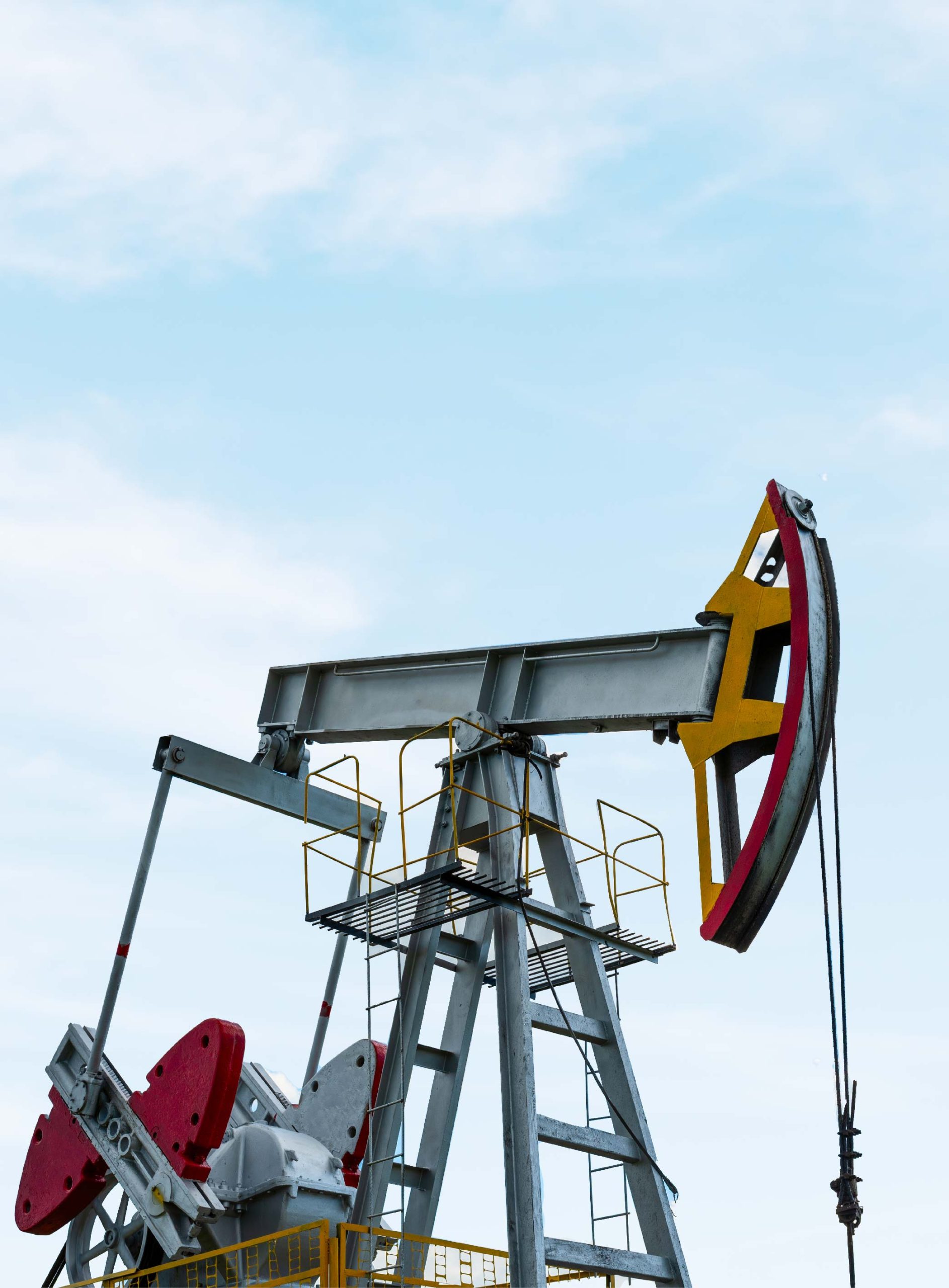Crude Oil
: Introduction to Crude Oil
Crude oil, often referred to as petroleum, is a naturally occurring fossil fuel formed from the remains of ancient marine organisms. Over millions of years, layers of sediment buried these organisms, subjecting them to heat and pressure, ultimately transforming them into hydrocarbons. This process gave rise to the vast reservoirs of crude oil found beneath the Earth’s surface.
Composition and Types
Composition :
Crude oil is a complex mixture of hydrocarbons—carbon and hydrogen compounds—along with small amounts of sulfur, nitrogen, and oxygen. The varying composition of these hydrocarbons gives rise to the different types and grades of crude oil.
Types of
Crude Oil :
Light Crude Oil: Contains a higher proportion of light hydrocarbons, making it less dense and more fluid. It often yields a higher percentage of valuable products like gasoline and diesel.
Heavy Crude Oil: Characterized by a higher density and viscosity, heavy crude oil contains more complex hydrocarbons. It requires more refining processes to extract valuable products.
Sweet Crude Oil: Contains lower sulfur content, making it less corrosive and easier to refine.
Sour Crude Oil: Contains higher sulfur content, requiring additional refining processes to reduce environmental impact.
Extraction and Exploration
Extraction Methods :
Crude oil extraction involves drilling wells into underground reservoirs and bringing the oil to the surface. Primary extraction methods include:
Conventional Drilling :
Utilizes vertical wells to tap into reservoirs.
Horizontal Drilling :
Extends horizontally through the reservoir, increasing contact with the oil-bearing rock.
Enhanced Oil Recovery (EOR) :
Techniques like water flooding or injecting gases to extract additional oil from reservoirs.
Exploration :
Oil exploration involves the search for new reservoirs. Geophysical methods, such as seismic surveys, help identify potential oil-bearing structures beneath the Earth’s surface.
Global Reserves :
The distribution of crude oil reserves is not uniform globally. Major reserves are found in regions such as the Middle East, Venezuela, Russia, and North America. These reserves play a crucial role in shaping geopolitical and economic dynamics.







